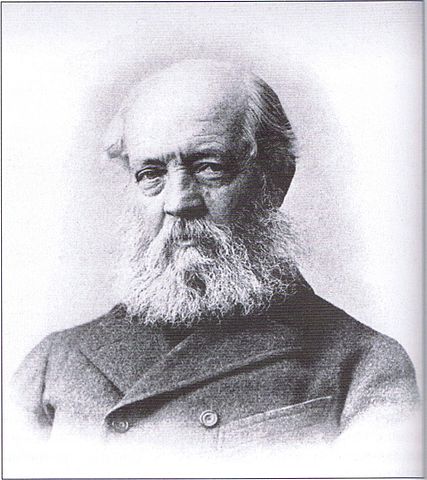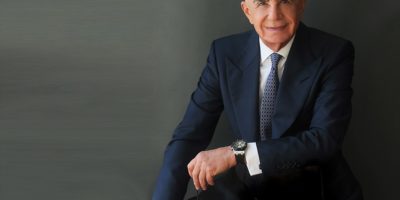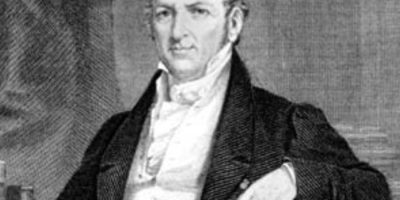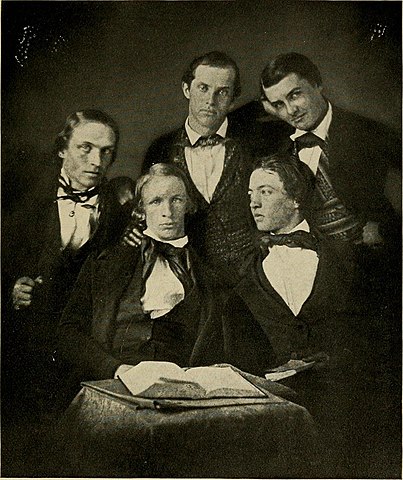Top 10 Facts about Frederick Law Olmsted
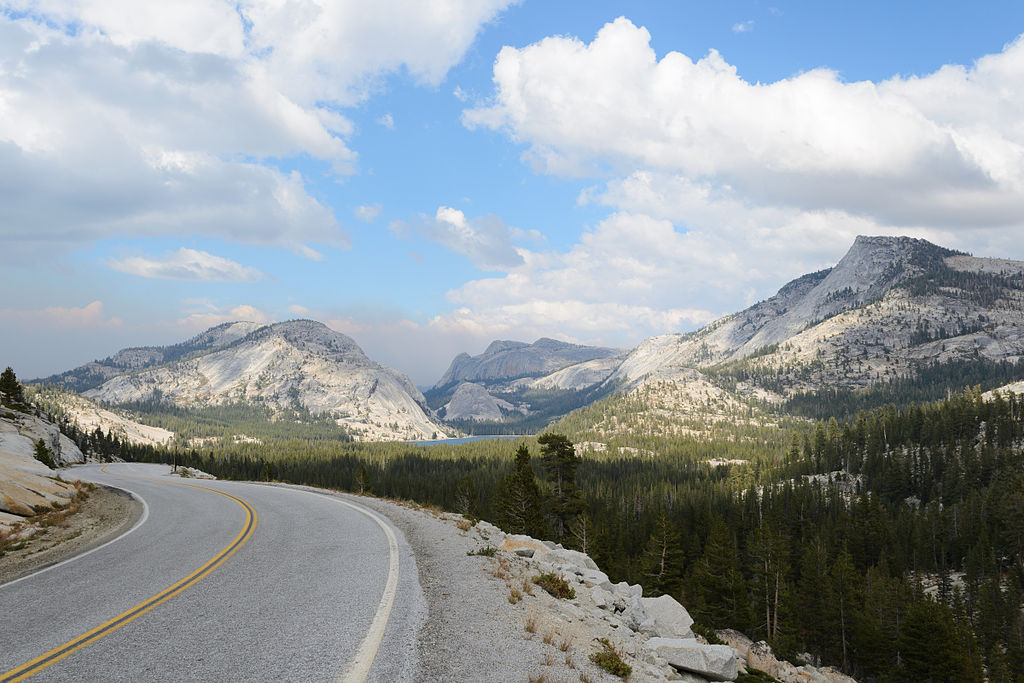
Olmsted Point Yosemite August by King of Hearts from Wikimedia Commons
One of the most impressive landscapes in the world has to be the United States landscape, from the roads to the parks to the apartments everything seems to intertwine. How did Fredrick Law Olmsted contribute to the development of urban life?
Frederick Law Olmsted was an American landscape architect, journalist, social commentator, and public administrator who lived from April 26, 1822, to August 28, 1903. He is regarded as the founder of landscape architecture in the United States. Calvert Vaux, the designer of Central Park in New York City, enlisted his assistance. Later on, he designed several parks.
He is most renowned for creating big urban parks, but his intellect and limitless energy can be found all around the country, from the green spaces that help define our towns and cities, to suburbia life, to protected wilderness regions.
1. He went through sumac poisoning
After suffering from Sumac poisoning, he decided not to attend college. His vision was harmed as a result of the poisoning. To make ends meet, he took up menial jobs. When his eyesight improved, later on, he started attending lectures.
2. He lost his mother at a young age
Olmsted was born on April 26, 1822, in Hartford, Connecticut. His father, John Olmsted, was a rich trader who was passionate about nature, people, and places, as were Frederick Law and his younger brother, John Hull. Charlotte Law (Hull) Olmsted, his mother, died when he was four years old. In 1827, his father remarried Mary Ann Bull, a woman who shared her husband’s intense love of nature but even had a more refined taste.
3. He attended lectures at Yale University
Though Olmsted was not a Yale Alum he had significant ties to the school. For starters, the Olmsted name was quite popular in the school. Their kinsman Denison Olmsted, Class of 1813, was a professor of mathematics and natural philosophy from 1825 until he died in 1859. Denison Olmsted was a well-known textbook author and the creator of the radiator, which he employed in his patented and profitable Olmsted stove for the first time. In 1824 after his eyes were better he began to visit his brother and other friends at Yale College.
4. He began his career as a journalist
Olmsted had a long career as a journalist. In 1850, he visited England to see public gardens and was particularly taken with Joseph Paxton’s Birkenhead Park. After that, in 1852, he wrote and published Walks and Talks of an American Farmer in England. As a result, he was able to secure jobs. His visit to Birkenhead Park influenced his eventual contribution to the creation of New York City’s Central Park.
He was commissioned by the New York Daily Times (now The New York Times) to conduct significant research in the American South and Texas from 1852 to 1857 since he was interested in the slave economy. A Journey in the Seaboard Slave States (1856), A Journey Through Texas (1857), and A Journey in the Back Country in the Winter of 1853-4 were three volumes of his dispatches to the Times (1860).
5. He designed several city parks in the United States

Olmsted Point Yosemite view by Dcrjsr- Wikimedia Commons
His contemporaries recognized the quality of Olmsted’s landscape architecture and lavished him with significant commissions. “He paints with lakes and wooded slopes; with lawns and banks and forest-covered hills; with mountain sides and ocean views,” Daniel Burnham said of him. His work, particularly in Central Park, established a level of excellence that has influenced landscape architecture in the United States to this day. He was an early and prominent conservationist, working at Niagara Falls, the Adirondack region of upstate New York, and the National Park System, and he also played a key part in organizing and delivering medical services to the Union Army during the Civil War, though he is poorly recognized.
6. His first engagement was called off
In 1851, Frederick Law Olmsted had been around the block with well-to-do young ladies and decided it was time to marry. He was nearing his 30th birthday. His younger brother John had gotten engaged, and all of his buddies had settled down.
Emily Baldwin Perkins, granddaughter of famed preacher Lyman Beecher and niece of Harriet Beecher Stowe, would be his bride. Her parents were adamant about the relationship. He did as well. Both of their families were well-known in Hartford, and they had known each other for a long time. For years, Fred had been courting Emily on and off. She dumped him just as they were ready to set a date.
Emily Perkins was assigned to Worcester, Massachusetts, where she met Edward Everett Hale, a bright young clergyman. They married and had six children, all of whom lived to adulthood. Two of them, Ellen Day Hale and Philip Leslie Hale, went on to become well-known artists. Edward Everett Hale rose to prominence as a writer, well known for his story The Man Without a Country. For years, he cheated on Emily with a woman named Harriet Freeman.
7. Olmsted was married to his sister-in-law
6 years later after Olmsted’s brother died of tuberculosis, Fred looked after his sister-in-law and her three kids at that time he was supervising the construction of Central Park in New York City. Olmsted and Calvert Vaux had won the design contest for the park. Though he had a very hectic schedule he managed to take up Mary’s kids and settle them at his Staten Island farm and then move them closer to his own home in New York.
Frederick Law Olmsted married his brother’s widow at the age of 37. They had two children, both of whom grew up to be adults. Mary’s three children were adopted by him. After their father died, his sons John and Frederick continued his father’s landscape architecture firm.
8. He administered medical assistance during the Civil War
Fredrick published a pamphlet that called for a nationwide effort to assemble provisions to care for sick and wounded soldiers. Olmsted gave over control of Central Park in 1861 to lead the newly formed and privately funded United States Sanitary Commission, which was the forerunner to the American Red Cross.
The Civil War was a public health emergency, with more troops dying from diseases than from fighting wounds, owing in part to the Army’s poor medical facilities. Olmsted directed the construction and administration of medical boats and field hospitals, as well as the establishment of new infectious patient triage and quarantine protocols. The emergency tent hospital in Central Park and the USNS Comfort docked on the Hudson are some of the noblest things Olmsted was known for.
9. He was no fan of immigrants
Even though Olmsted was a well-travelled man he was concerned about the social and cultural implications of being rootless. He despised immigrants, whom he blamed for coarsening society through their support for metropolitan political machines.
The pleasant urban park, on the other hand, filled its visitors with a peaceful sense of nature. It was a vision that was accessible to both educated and uneducated people. Olmsted’s vision of the urban park echoed the genteel ideal, which he wished to see woven into the fabric of American cities.
10. He suffered a mental breakdown
Olmsted was forced to retire due to senility in 1895. He came to Belmont, Massachusetts, in 1898, and began working as a resident patient at McLean Hospital, which he had landscaped several years before. He lived there until he died in 1903, and was buried in Hartford, Connecticut’s Old North Cemetery.
Following Olmsted’s death and retirement, his sons John Charles Olmsted and Frederick Law Olmsted, Jr. continued the firm’s work as the Olmsted Brothers. The company existed until 1950.
Planning a trip to Paris ? Get ready !
These are Amazon’s best-selling travel products that you may need for coming to Paris.
Bookstore
- The best travel book : Rick Steves – Paris 2023 – Learn more here
- Fodor’s Paris 2024 – Learn more here
Travel Gear
- Venture Pal Lightweight Backpack – Learn more here
- Samsonite Winfield 2 28″ Luggage – Learn more here
- Swig Savvy’s Stainless Steel Insulated Water Bottle – Learn more here
Check Amazon’s best-seller list for the most popular travel accessories. We sometimes read this list just to find out what new travel products people are buying.

